Oysters | In Season
You may have heard of the “R rule,” which dictates that oysters are best consumed during months whose names contain the letter r. Which is to say, fall through early spring. But does this rule really have any legs? Perhaps at one time. Before red tides — which tend to happen in summer — were […]
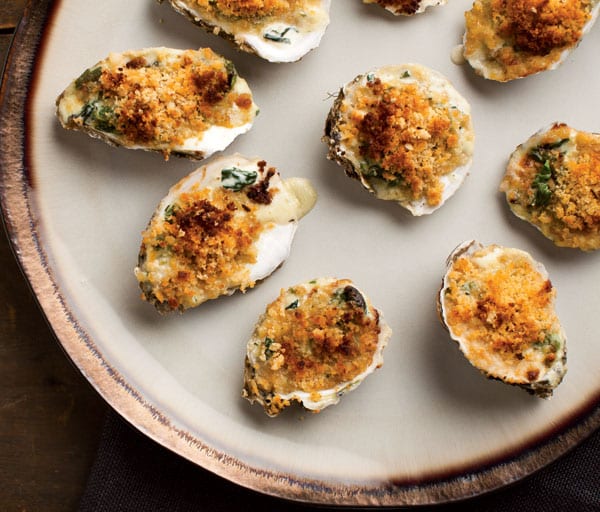
You may have heard of the “R rule,” which dictates that oysters are best consumed during months whose names contain the letter r. Which is to say, fall through early spring. But does this rule really have any legs?
Perhaps at one time. Before red tides — which tend to happen in summer — were so effectively monitored, algae-contaminated oysters could indeed pose a health risk. But oyster farms now cease production during these rare events, so that argument no longer applies.
It is true that oysters spawn during the warm-weather months, which changes their flavor and texture somewhat. But they’re perfectly edible and usually quite delicious, so oysters are indeed a year-round treat.
Still, there’s something special about eating them at the holidays. They take some effort to prepare at home, so they have an inherent “special occasion” quality. And when fields lie fallow and there isn’t much else to harvest, oysters are a steady source of freshness for the winter table.
The cold waters off New England are perfect growing areas for the eastern oyster (Crassostrea virginica). In fact, a good fishmonger will offer a dizzying array of regional varieties to choose from. Many oysters are named for the areas where they’re grown (think Wellfleet or Island Creek), but others, like Moonstone, are more poetic. Nevertheless, each oyster bed offers a unique mix of minerals, salt, and plankton (on which oysters feed), which produces markedly different flavors, textures, and colors in the meat.
In all our years of tasting New England oysters, we haven’t found one yet that we didn’t like. So don’t be afraid to sample any and all in the following recipes.
For more, go to our website, newengland.com.
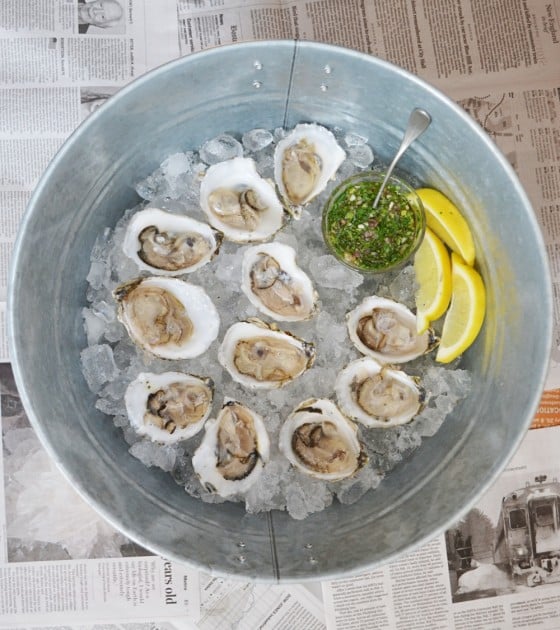
How to Shuck an Oyster
These tips for how to shuck oysters, plus how to serve and eat oysters, are here to help ensure you achieve top oyster success.
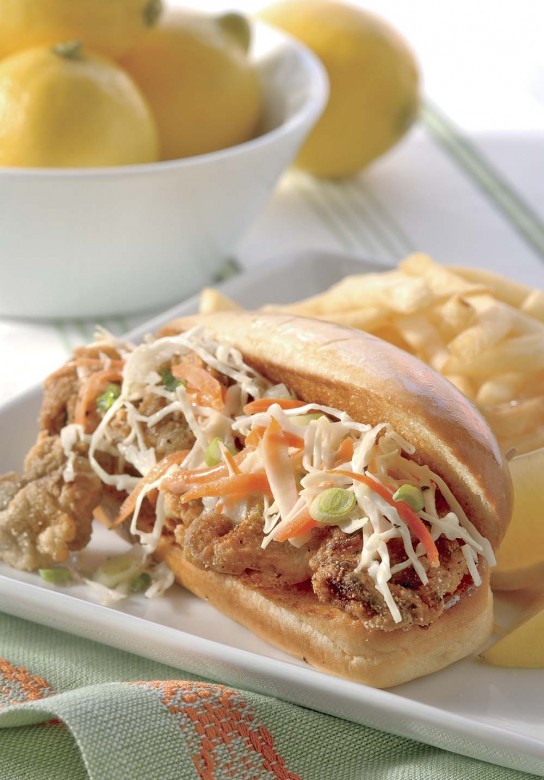
Fried Oyster Roll
Hot and crispy fried oysters get a zingy lift via a bright, lemony coleslaw topping in this fried oyster roll. In a pinch, prepared slaw with a squeeze of fresh lemon will do.
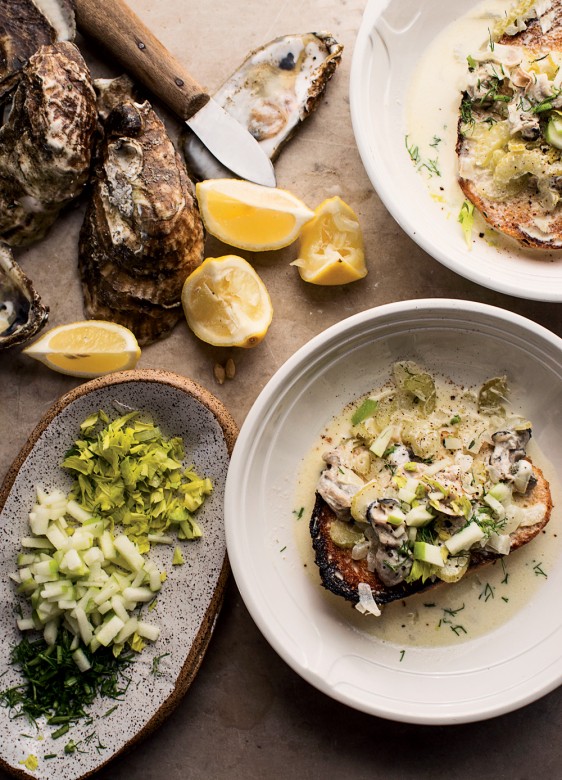
Jeremy Sewall’s Oyster Stew
Chef Jeremy Sewall uses diced apples as a garnish in his oyster stew to delicious effect, adding fennel, thyme, celery, and onion as complementary notes.
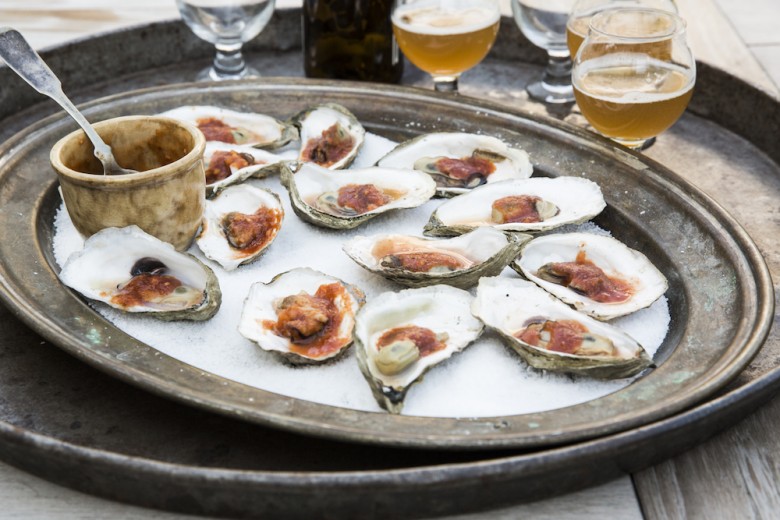
Grilled Oysters with Barbecue Sauce
This delectable recipe comes to us from Boston pitmaster Andy Husbands.
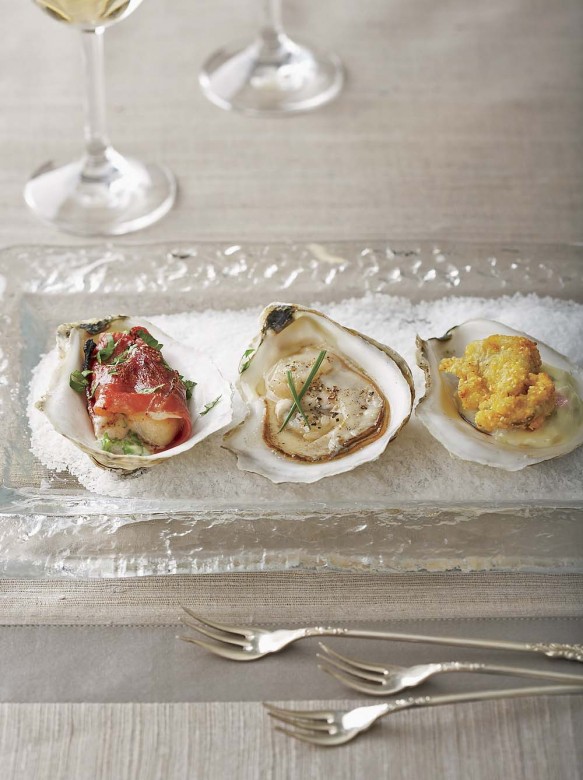
Prosciutto-Wrapped Oysters
Surprise your loved ones with this zesty and surprising approach to serving oysters.

Oysters Rockefeller
Our Oysters Rockefeller recipe gets its New England accent from a topping of buttery Ritz cracker crumbs (whose predecessor was invented in Newburyport, Massachusetts).
A s Yankee’s senior food editor, Amy Traverso oversees the magazine’s food department and contributes to NewEngland.com. She’s also the cohost of Yankee’s TV series with WGBH, Weekends with Yankee, and the author of The Apple Lover’s Cookbook (W.W. Norton), which won an International Association of Culinary Professionals cookbook award in the “American” category.
s Yankee’s senior food editor, Amy Traverso oversees the magazine’s food department and contributes to NewEngland.com. She’s also the cohost of Yankee’s TV series with WGBH, Weekends with Yankee, and the author of The Apple Lover’s Cookbook (W.W. Norton), which won an International Association of Culinary Professionals cookbook award in the “American” category.
Amy Traverso
Amy Traverso is the senior food editor at Yankee magazine and co-host of the public television series Weekends with Yankee, a coproduction with WGBH. Previously, she was food editor at Boston magazine and an associate food editor at Sunset magazine. Her work has also been published in The Boston Globe, Saveur, and Travel & Leisure, and she has appeared on Hallmark Home & Family, The Martha Stewart Show, Throwdown with Bobby Flay, and Gordon Ramsay’s Kitchen Nightmares. Amy is the author of The Apple Lover’s Cookbook, which was a finalist for the Julia Child Award for best first-time author and won an IACP Cookbook Award in the “American” category.
More by Amy Traverso

